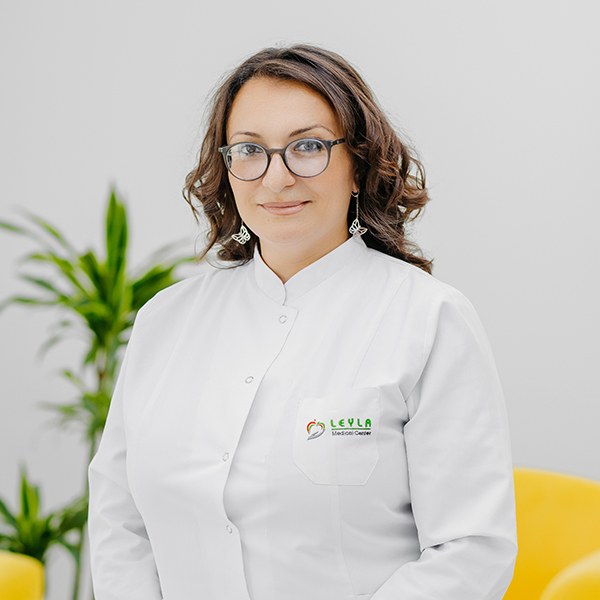Rosacea

PhD. Dr. Leyla Suleymanova
Dermatologist
16.03.2025
Rosacea symptoms can vary widely—from mild facial redness to inflamed, pus-filled nodules. This condition poses both medical and aesthetic challenges and presents in several clinical forms. The causes of rosacea are also diverse.
External factors include:
• Sun exposure
• Heat-related treatments (e.g., saunas, hot baths), which cause significant dilation of skin capillaries
• Spicy and hot foods
• The Demodex mite, part of the skin’s microbiota
• And others
Internal factors include:
• Elevated estrogen levels
• Increased sensitivity of capillary endothelium
• Imbalance in the body’s internal microbiome
• And more
Inappropriate use of cosmetic products, heat-based skin treatments, and harsh cleansing or skincare agents can negatively affect the skin, triggering the onset or relapse of rosacea.
Rosacea is most commonly seen in fair-skinned women. In its early stages, diagnosis can be difficult, and patients may receive incorrect treatments for years, worsening the condition—especially if unsuitable cosmetic products are used. Among the key factors contributing to flare-ups, sunlight exposure is the most significant. Therefore, during hot weather, it is crucial to use sun protection with SPF 50 or higher.
Classic treatment includes:
• Antibacterial and anti-inflammatory medications
• Topical acaricidal (mite-killing) agents
Modern treatments may involve:
• Phototherapy (IPL laser)
• Botulinum toxin (Botox) injections.
About Author

PhD. Dr. Leyla Suleymanova
Dermatologist
✅ 2019-cu ildən indiyədək " Leyla Medical Center"-də çalışır.
Other Articles
Əlaqəli məqalə tapılmadı